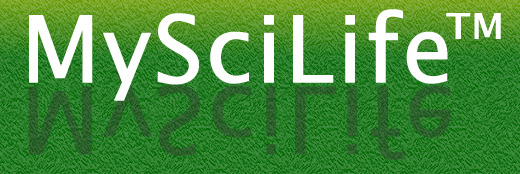1000 Lessons: Classroom portraits
We all have them: faded, posed pictures of ourselves as elementary students in a class picture. Neat lines, tall kids standing in the back, shorter ones seated in front holding the sign with the grade, teacher’s name, and school year. These class pictures sterilize what school is all about, replacing a portrait of learning with a portrait of students as furniture. The picture strips the culture and details that provide context and priorities for what happens in school. What does the classroom look like? What is on the board and on the floor? What is the visual routine of day to day learning in this place?
Julian Germain has an ongoing photo project taking classroom portraits around the world. Photos taken 2004-2011 are published in book form, but selected photos are also available online. The images are familiar, strange, haunting, and encouraging. I could spend an hour looking at each one and hypothesizing what the children’s lives are like, how the teacher conducts class, and what they might be thinking as this portrait is being taken. I imagine the moment after the shutter goes off and the pose disintegrates into talk, motion, chaos. I hear the teacher (invisible in most pictures) calling for attention and redirecting kids to the lesson at hand.
I also hear what other kids (and teachers) would say when they see the portraits of unfamiliar classrooms. We can learn so much by observing small cultural details and the questions they raise.
“Look! There’s a dog in their room!”
“What’s that written on the board?”
“They have jeans like mine.”
“How many kids are in that class?”
“It’s all girls!”
“Why do they look so serious?”
The seriousness, I believe, is imposed by the photographer as part of the photo session (how else could “structured play” look so unhappy?). Indeed, the ability of the photographer to influence the message through pose, composition, lighting, and more could spark a sophisticated media literacy discussion.
The other questions are open to observation, discussion, and discovery. These classroom portraits of learning are an invitation for the viewers themselves to learn. What better way to entice our students to dig into cross-cultural understanding than to share unfamiliar images of a very familiar place: the classroom. I’d love to set up a sharing project for classroom portraits. Here are some lesson ideas for using these images and/or extending the idea in creating your own portraits.
World cultures/Social Studies/World Languages: Use as an intro into cultural differences and awareness. Project an image and have students note what they see and what they think it could mean about life as a youth in that culture/location. Take it beyond just school. What else can they tell about society there? How could they research to find out whether their hypotheses are true? If this portrait shows what it is like to be a child/youth in ___, what would be important details to include in an image depicting life in our classroom? Consider actually TAKING that picture and sharing it on your class wiki or web page, possibly with annotations to explain why the class included the items it did.
With younger students: how would you feel if this were your classroom? How might the children seen here feel if they came to our classroom? List ten things that are the same as our classroom and ten that appear different. How is different NOT “better” or “worse”?
Science (yes, science): Entice kids into scientific observation and the difference between observing , hypothesizing, and concluding by sharing an image as whole class practice. Extend it by having kids (groups?) “report” observations and hypotheses based on another photo in the series.
A picture is worth a thousand lessons.












